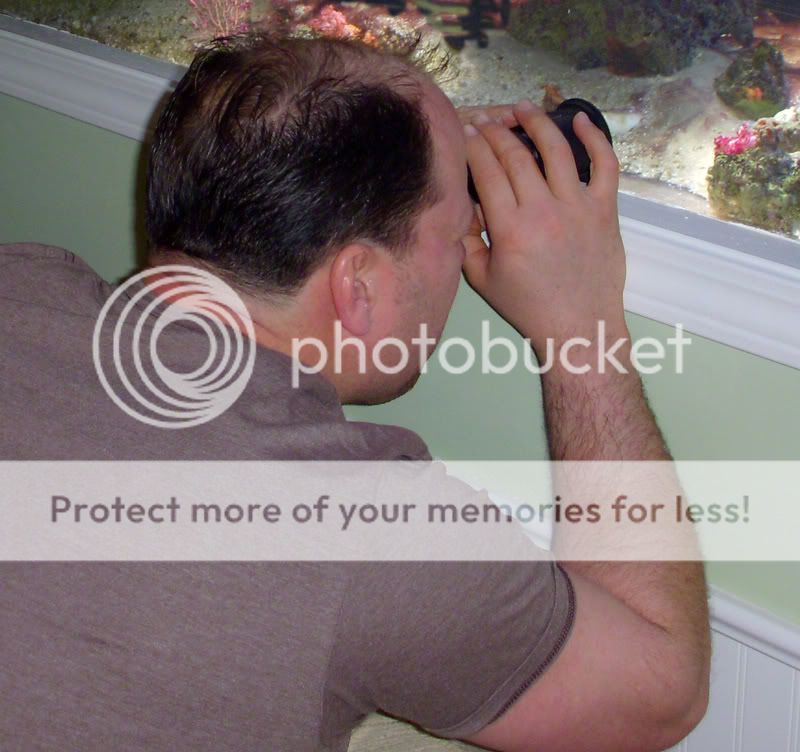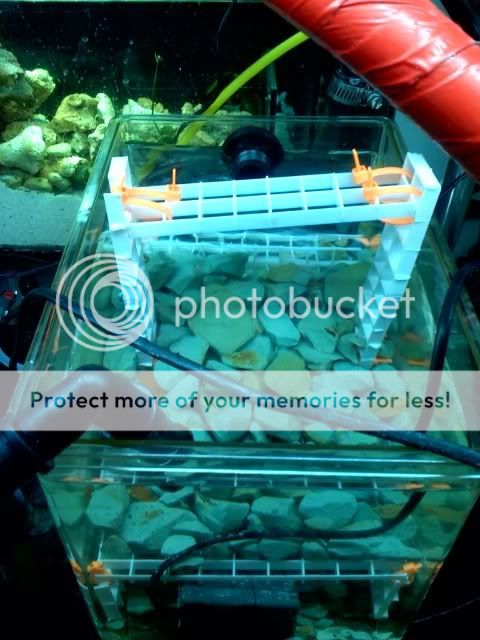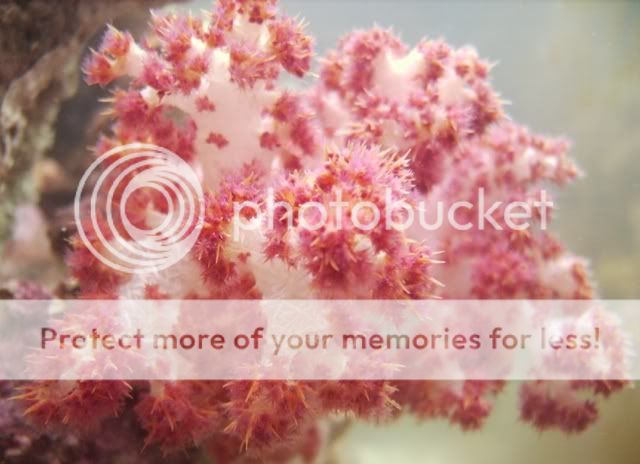sammy33
Member
I am thinking seriously about starting an NPS style reef (or possibly converting my SPS reef) and want to discuss probiotics.
What are Probiotics?
Probiotic methods introduce beneficial bacteria into the aquarium system or introduce a fuel source for the bacteria presently in the system to encourage consumption/conversion of nitrates, phosphates and organics. Methods like Zeovit or Polyp Labs Reefresh or Ultralith or even DIY method with vodka dosing or even using bio-spira/cycle etc. These methods seek to reduce nutrients in the form of dissolved organics, nitrate, phosphate to very low levels. This in turn creates a water born bio-mass that can be removed by your skimmer. This allows increased feedings and hopefully results in better coral health with a cleaner environment. Seems to work as I see lots of positive results with these type methods - even Pappone/Blu Coral method that uses sugar as the carbon source.
With that said it seems that Chuck Stottlemire is having great results with using Vodka dosing on his system at the rate of 9ml/day for a 500g system. Charles Matthews proposed that bacteria may be introduced by Chuck's feed mix being dripped at room temp over 12 hours?
I have been using Prodibio. This uses a bacteria source and and bacteria food to strenghthen these organic waste removers in the reef aquarium with periodic dosing. It seems to be doing a great job at helping control nutrients in my SPS reef tank. This product seems like it may also be useful in an NPS reef as the bacteria and water born biologicals may act as a food source as well as reduce the polluting factor of a constant infusion of phytoplankton?
Hmmm? Any other experiences or ideas on using these systems? Zeovit with some sort of automatic media stirrer?
What are Probiotics?
Probiotic methods introduce beneficial bacteria into the aquarium system or introduce a fuel source for the bacteria presently in the system to encourage consumption/conversion of nitrates, phosphates and organics. Methods like Zeovit or Polyp Labs Reefresh or Ultralith or even DIY method with vodka dosing or even using bio-spira/cycle etc. These methods seek to reduce nutrients in the form of dissolved organics, nitrate, phosphate to very low levels. This in turn creates a water born bio-mass that can be removed by your skimmer. This allows increased feedings and hopefully results in better coral health with a cleaner environment. Seems to work as I see lots of positive results with these type methods - even Pappone/Blu Coral method that uses sugar as the carbon source.
With that said it seems that Chuck Stottlemire is having great results with using Vodka dosing on his system at the rate of 9ml/day for a 500g system. Charles Matthews proposed that bacteria may be introduced by Chuck's feed mix being dripped at room temp over 12 hours?
I have been using Prodibio. This uses a bacteria source and and bacteria food to strenghthen these organic waste removers in the reef aquarium with periodic dosing. It seems to be doing a great job at helping control nutrients in my SPS reef tank. This product seems like it may also be useful in an NPS reef as the bacteria and water born biologicals may act as a food source as well as reduce the polluting factor of a constant infusion of phytoplankton?
Hmmm? Any other experiences or ideas on using these systems? Zeovit with some sort of automatic media stirrer?






